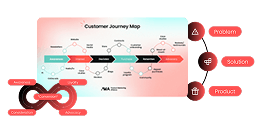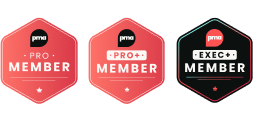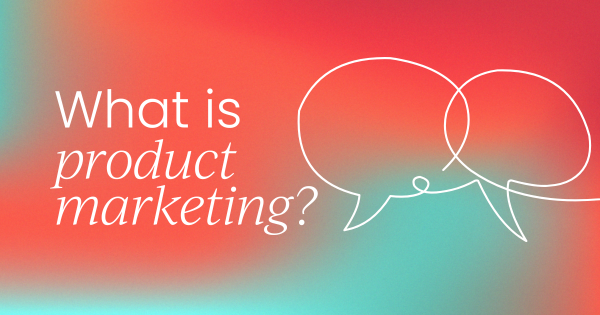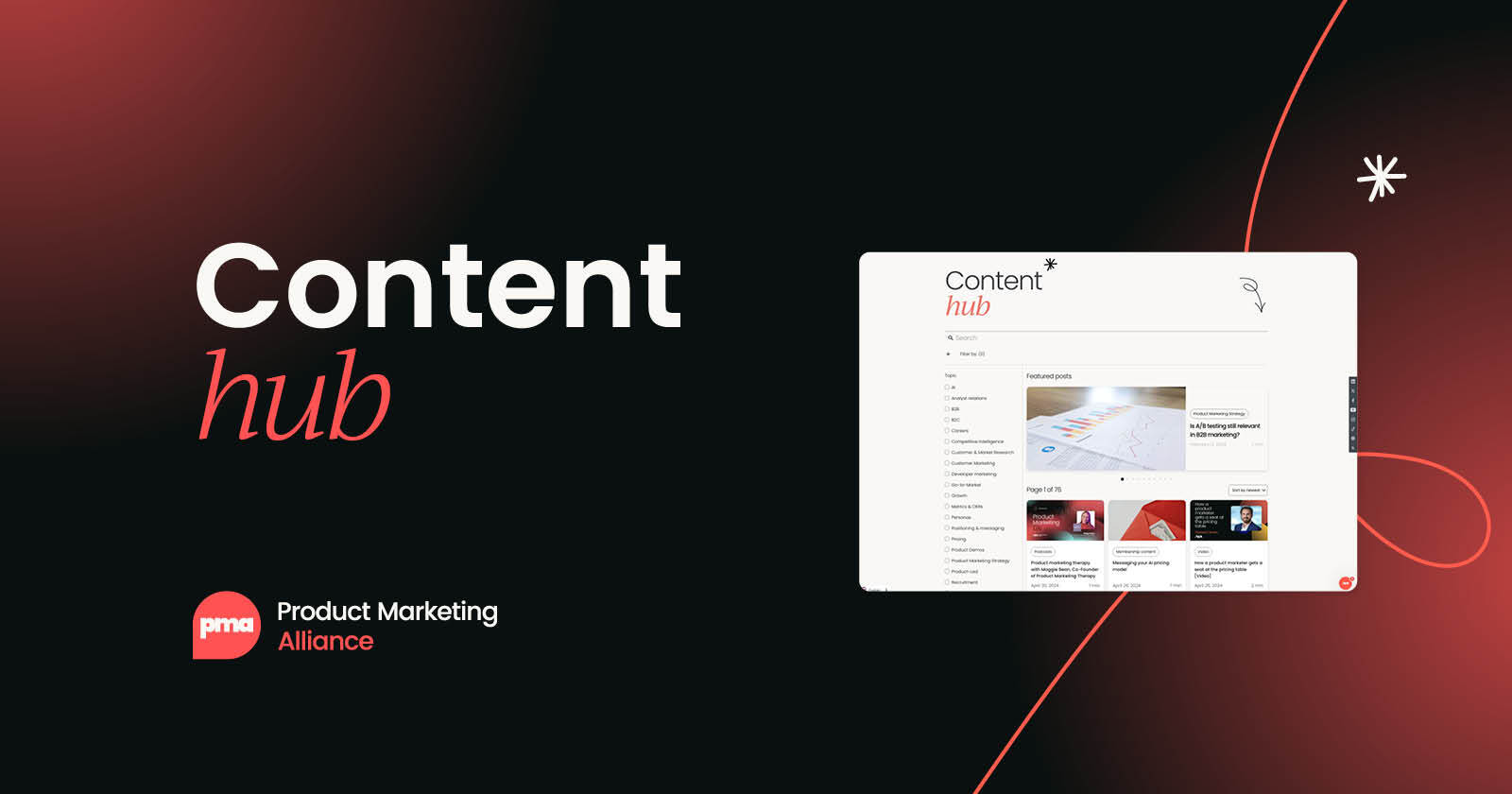Looking at the stats, it’s clear that AI is a huge time saver. Salesforce conducted a study that found marketers expect to save up to five hours a week using AI.
As the technology advances, we can expect even more time savings. AI is not just about faster content production; it's also a game-changer for personalization. Many of us are already using it to translate content or create personalized social media posts.
AI models are also becoming more capable of analyzing large datasets. I’ve personally used AI for market research, extracting insights from data tables, conducting keyword research, and analyzing campaigns. For tasks like these, AI can be highly effective.
But let’s not ignore the challenges. One of the biggest issues is accuracy. For instance, if you have two product names that sound similar, AI might pick up one over the other without any distinction. And let's be honest – we’re all still figuring out what AI can and can't do, so there's definitely room for learning.
If you're looking for powerful prompts, designed specifically for PMMs, check out our power prompt libraries. Available to all free members 👇


Navigating the deluge of AI tools
I was at a conference in San Francisco recently, and a VC mentioned that they get pitched around 1,000 new AI products each month, with many of these being marketing-focused.
That’s a crazy number of products, right? It can feel impossible to make sense of all these tools. The examples below are just a small sample of the AI marketing applications available – it's by no means comprehensive. And every single day, dozens of new products are launched on platforms like Product Hunt.
So, how many tools do you actually need? In my opinion, fewer than you might think. The underlying models, such as ChatGPT and Claude, are evolving so quickly that any tool you use today could be obsolete tomorrow.
After experimenting with many different tools, I now generally interact directly with the models themselves, rather than using marketing tools that harness their capabilities. Here’s why:
- Flexibility and control: Most marketing tools are just wrappers built on top of models. When you work directly with the model, you have more flexibility and control over the outcomes compared to using a tool that's essentially making an API call on top of the model. I’ve used various AI writing tools and found that working directly with models like ChatGPT generally produces slightly better results.
- Tools become obsolete quickly: Vendors often claim that their tools offer more complete capabilities, and while that may be true at the moment, the rapid evolution of AI models means that tools can become obsolete almost overnight. That’s why I prefer sticking to the models themselves.
- Direct interaction with models: Many of the latest models are available on platforms like Hugging Face or other repositories. There are now more tools that let you directly interact with cutting-edge models, and most of these models have user interfaces, so you don’t need to rely on third-party tools.
So, my advice is to work directly with the models where possible.
How AI models work
After working with neural networks for the last six years, I can say that understanding how models function is crucial for maximizing their potential. This Image below actually gives a pretty accurate explanation.
Essentially, these models are trained using millions or even trillions of tokens, words, and internet-scale data. This data is converted into weights, which are then stored within the model. Models have their own latent memory and understanding, learning patterns and relationships from the tokens fed into them.
The output these models generate depends on three key factors:
- The model itself: The structure and training of the model play a significant role in the output.
- The data: This includes both the data fed into the model externally and the data that lives within the model.
- The prompt: Sometimes, the prompt and the data overlap, making the quality of the prompt incredibly important.
This brings us to an essential point: learning how to prompt effectively is a skill worth mastering. As AI models continue to evolve, prompt engineering will be key to staying competitive in product marketing. Your ability to use prompts effectively will determine how well you can leverage these models for your strategies.
The six key elements of effective prompts
After spending a lot of time studying prompt engineering over the past year, I've identified six key elements of effective prompts:
- Task
- Context
- Persona
- Tone
- Examples
- Format
Including these elements can significantly enhance the quality and relevance of the output you get from AI models.
The first three elements – task, context, and persona – help in creating personalized outcomes. They set the foundation for generating on-point content that aligns with your goals. The remaining elements – tone, examples, and format – further refine the output, ensuring consistency and adherence to the desired result.
Now, let’s explore each of these elements in more detail and look at some examples of how to use them to build an effective prompt.
1. Task
This is the most basic element and where most people start when using models like ChatGPT. The task defines the action you want the model to perform. It's a straightforward way to begin using prompts and is essential in every prompt you craft.
2. Context
Providing context is about fleshing out the task with more background information and constraints. In marketing, this often includes details about the target audience, their needs, and preferences, or a specific use case.
3. Persona
Assigning a persona to the model has proven surprisingly effective. Starting your prompt by defining a persona, such as "You’re a seasoned product marketer" or "You’re a copywriter specializing in punchy, memorable lines," often leads to more tailored and effective outcomes.
4. Tone
Tone acts as an additional layer that shapes the style, voice, and emotion of the output. For instance, in formal business writing, you might specify a tone that’s "credible and conservative" rather than overly cheerful. Including a tone qualifier in your prompt can lead to higher-quality outputs that align with your brand’s voice.
5. Examples
Think of the model as a brilliant five-year-old – it knows a lot but sometimes needs guidance to understand exactly what you want. While you can ask the model to write in a particular way, it often struggles to fully adhere to your instructions without clear examples. So, providing examples is extremely useful, especially when specifying tone or style.
The number of examples you provide can vary; based on the reports I've read, anywhere from five to twelve examples can be quite effective. When creating custom GPTs, uploading 15 to 20 pieces of content can help the model produce on-point outputs.
6. Format
Format is crucial for structuring the output, saving you time in editing. You can specify whether you want the output in bullet points, numbered lists, or markdown format, and you can even ask the model to avoid opening or closing statements if they’re not needed. Defining the format helps you get clean, usable results right from the start.
Putting it all together: Sample prompt
Now that we've gone through the elements, let's put them together into a sample prompt. By combining the task, context, persona, tone, examples, and format, you can guide the model to generate content that’s closer to your final desired outcome.
Generate a list of 10 attention-grabbing subject lines for our email marketing campaign promoting our new line of eco-friendly outdoor gear. The subject lines should convey the eco-friendly nature of our products while also highlighting their durability and functionality for activities like hiking, camping, and rock climbing.
Here are two examples of attention-grabbing subject lines we've used before: 'Gear Up for Adventure: Our Toughest (and Greenest) Line Yet' and 'Nature's Calling: Answer With Our Eco-Warriors Collection.'
Please provide the subject lines in a simple numbered list format. Use an adventurous, energetic tone that sparks a sense of excitement and wanderlust in the reader."
Scaling AI workflows: From individual mastery to team excellence
You've mastered prompt engineering. You're getting great results from AI tools. But here's the challenge that keeps coming up in conversations with product marketers: how do you scale this beyond your own desk?
The reality is, most of us are stuck somewhere between stage two and stage three of AI maturity – experimenting individually but struggling to create consistent, scalable workflows across our teams.
As Lisa Adams notes, referencing recent research from Asana and Anthropic on AI maturity stages, "Most of us are in stage two and maybe stage three. And so what can we do to get to that stage four, and how do you scale?"
The answer? Stop thinking about AI as a collection of individual use cases and start building integrated workflows.
Your superpower as the AI orchestrator
Here's where product marketers have a unique advantage. We sit at the intersection of multiple teams – product, sales, marketing, customer success. We see the full picture of how AI is being used (or underused) across the organization.
Lisa Adams puts it perfectly: "This is where I want you all to leverage your superpowers as a product marketer. We sit at this intersection point between many parts of the organization. So we've got this bird's eye view of what people are actually doing with AI, and we can use our roles to bring everyone to the table to start sharing their best practices."
Think about it. You're already translating between technical and business teams. You're already building bridges between departments. Now you can use those same skills to create a culture of AI collaboration.
The GitLab model: Making AI workflows stick
Want to see this in action? Look at what GitLab's doing. They've moved beyond individual experimentation to create a systematic approach to AI workflow scaling.
"At GitLab, we've actually just launched this on the marketing team where we have a monthly cadence where we share best practices with each other," Adams shares. It's simple but powerful—regular touchpoints where team members share what's working, what's not, and how they're evolving their AI workflows.
This isn't about forcing everyone to use the same prompts or tools. It's about creating a learning ecosystem where:
- Team members feel safe experimenting with AI
- Successes are shared and celebrated
- Failures become learning opportunities
- Workflows naturally standardize around what works
Building your AI workflow framework
Ready to scale your own AI content workflows? Here's a practical framework based on what's working at companies like GitLab:
1. Start with workflow mapping, not tool selection
Before you even think about which AI tools to use, map out your current content creation workflows. Where are the bottlenecks? Which tasks are eating up the most time? Where do handoffs between team members create friction?
2. Create safe spaces for experimentation
Set up regular "AI office hours" or brown bag sessions where team members can share experiments without judgment. The goal isn't perfection – it's learning.
3. Document and iterate
Create a shared repository of prompts, workflows, and lessons learned. Make it easy for team members to build on each other's work rather than starting from scratch.
4. Measure what matters
As Adams emphasizes, "make sure that you've got the measurements in place now. Start thinking about how is it helpful from an efficiency perspective. What kind of ROI are you getting from it?"
Track metrics like:
- Time saved on routine tasks
- Increase in content output
- Quality improvements (measured through engagement or feedback)
- Cross-team collaboration instances
5. Celebrate the small wins
Scaling AI adoption is a marathon, not a sprint. Recognize team members who share their learnings, even (especially) when things don't go as planned.
The multiplier effect
Here's what happens when you get this right: AI stops being something individual team members do in isolation and becomes part of your team's DNA. You move from "I use AI for my blog posts" to "We have an AI-enhanced content engine that scales across channels, maintains brand consistency, and continuously improves."
The best part? You don't need a massive budget or technical team to make this happen. You just need to leverage what you already have—your position at the crossroads of the organization and your ability to bring people together around a common goal.
As Adams notes, "At worst, it will destigmatize the use of AI, which is a good thing to do. But at best, you're going to start learning from your colleagues, and you're going to start creating a culture where AI is incorporated in workflows and use cases, and it's really gonna accelerate the work that you do."
The tools and prompts are just the beginning. The real magic happens when you scale beyond individual productivity to team transformation.
Here's a fear that keeps product marketing leaders up at night: what happens when everyone on your team starts using AI to create content? How do you maintain that carefully crafted brand voice when you've got dozens of people wielding powerful language models?
The answer isn't to lock down AI usage. It's to build smart governance that enables creativity while protecting what makes your brand unique.
Maintaining brand voice at scale: AI governance for product marketers
The evolution of brand consistency
Brian Kracik, Head of Product Marketing at Google, offers a fascinating perspective on how content governance is evolving in the AI era. "We don't do white papers. We don't even do product data sheets," he shares. "That's mind blowing if you think about it. Right?"
Instead, Google is moving toward more dynamic, narrative-driven content. "We're gonna do more podcasts. We're gonna do more conversations with my product experts," Kracik explains. But here's the key – this isn't chaos. It's evolution guided by clear principles.
The narrative framework approach
At the heart of Google's approach is something deceptively simple: core narratives that cascade throughout all content creation.
"The structure that we leverage is around narratives," Kracik notes. "I have the core narratives that you see here. At the top level, our business AI infrastructure, that's the part of the business in Google Cloud that I'm focused on. And then I pulled off of that."
Think of it as a tree:
- The trunk is your core brand narrative
- Major branches are your key product or solution narratives
- Smaller branches are specific use cases or customer segments
- Leaves are individual pieces of content
Every piece of AI-generated content should trace back to one of these core narratives. It's not about restricting creativity – it's about ensuring coherence at scale.
Building your AI content governance framework
Ready to implement this in your organization? Here's a practical framework that balances consistency with innovation:
1. Define your narrative hierarchy
Start by mapping out your core narratives. What are the 3-5 key stories your brand tells? How do they connect to each other? This becomes your North Star for all AI-generated content.
2. Create prompt templates, not prompt prisons
Develop baseline prompts that embed your brand voice and narrative structure. But – and this is crucial – make them flexible enough for teams to adapt to their specific needs.
For example:
- Core brand voice parameters (tone, style, key phrases to include/avoid)
- Narrative alignment checkers ("This content supports our narrative of X by Y")
- Audience-specific modifications that maintain brand consistency
3. Implement the "Create, Amplify, Measure" cycle
Kracik emphasizes this framework: "Create, amplify, and measure. If we're not doing those three things, we're not doing our jobs."
For AI content, this means:
- Create: Use AI to generate content aligned with your narratives
- Amplify: Test which AI-generated variations resonate most
- Measure: Track performance and feed insights back into your prompts
4. Build in human checkpoints
Kracik's caution about giving "a face" to products (because people might leave) highlights an important point: AI should enhance human judgment, not replace it.
Establish clear checkpoints where human expertise validates:
- Brand voice consistency
- Factual accuracy
- Strategic alignment
- Emotional resonance
5. Evolve your content formats thoughtfully
Notice how Google isn't just using AI to create more of the same content. They're rethinking the formats themselves. "How are we... what kind of medium do I now need to use? I'm finding that's shifting over time," Kracik observes.
Ask yourself:
- Which traditional formats no longer serve your audience?
- What new formats does AI enable that weren't possible before?
- How can you maintain brand consistency across diverse formats?
The governance balancing act
Here's the truth: perfect brand consistency is a myth, even without AI. The goal isn't to create identical content – it's to create content that feels cohesively "you" while serving diverse audience needs.
Your governance framework should:
- Enable speed without sacrificing quality
- Encourage experimentation within boundaries
- Learn and adapt based on what works
- Scale knowledge across teams, not just rules
Looking ahead: Brand as a living system
The most successful brands in the AI era won't be those with the strictest controls. They'll be those that treat their brand as a living system – one that maintains its core identity while adapting to new possibilities.
As you implement AI content workflows, remember: governance isn't about saying no. It's about creating a framework that lets your team say yes with confidence.
The brands that win will be those that master this balance – using AI to amplify what makes them unique, not dilute it. And with the right governance framework, that's exactly what you'll achieve.
Takeaways and next steps
Experimentation is key to getting the right outputs. By using different combinations of the six elements we discussed and trying out various models, you can get to workable solutions pretty quickly.
What I’ve just outlined is the basic prompting strategy – where all the context is fed into a single prompt and given to the model. But, as you get more comfortable, you’ll likely start exploring more advanced prompting strategies. These include "zero-shot", "few-shot", and "chain of thought" techniques, which I’ve found incredibly useful lately.
There’s a whole world of advanced techniques out there, and using a combination of them leads to much higher-quality content and outcomes.
This article was updated on June 24, 2025.


















 Follow us on LinkedIn
Follow us on LinkedIn





.svg?v=3c4c23cd72)